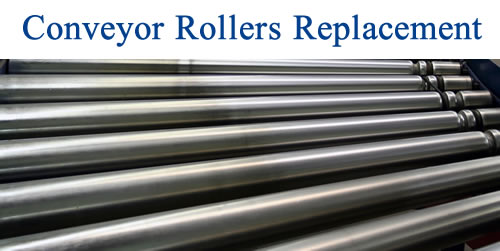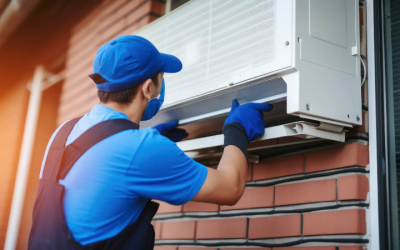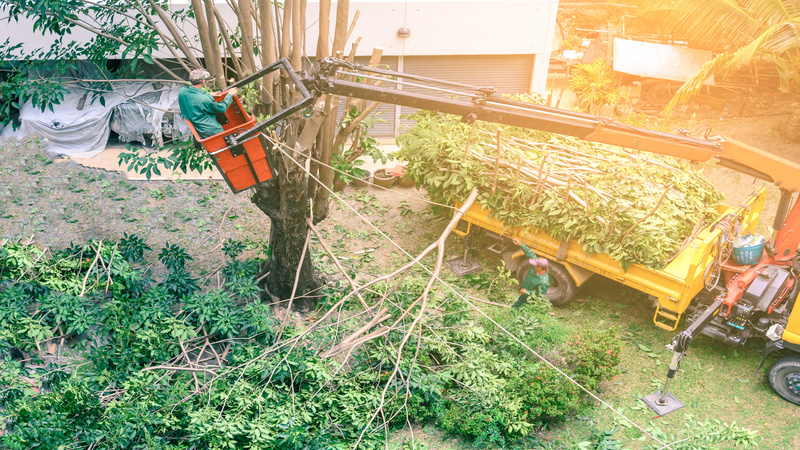Finding a replacement for your conveyor roller doesn’t have to be a source of stress. Instead, you can use this necessary maintenance as an opportunity to upgrade and improve your conveyor system’s functionality to enhance its durability for years to come. With these tips, replace your conveyor rollers secure in the knowledge that you’ve thoroughly assessed your needs and covered all the details.
1. Identify the environmental factors that affected your damaged conveyor roller
Simple corrosion is the culprit behind many broken conveyor rollers. If your old, damaged roller has broken long before its time, consider a more corrosion-resistant material for the replacement. You should also examine the broken roller’s location within your overall conveyor system. Depending on your industry, the materials your conveyor system transports could be contributing abnormal wear and tear on your rollers. Or you could find that due to the schedule and layout of your assembly line, your materials put particular pressure on the rollers in one specific location in your system. Rushing to get your new roller ordered and installed without thoroughly investigating your environment is asking for more breakages later, costing you time and money that you could have easily saved.
2. Get to know the different varieties of conveyor rollers
When you first installed your conveyor unit, you may have used the regular rollers that came included with it, under the assumption that they were best suited for that system. But while the manufacturer of your system took care to select the roller option that would work best with their machine, that doesn’t account for the needs of your specific environment and purpose. Trusting that the factory-included rollers will meet your needs better than a custom conveyor roller could set you up for inefficiencies and further breakages in the future. Take the information you’ve gathered from the first tip about your environment and the broken roller location and inform yourself of the possible roller options for your replacement. Conveyor roller replacement is a useful opportunity to re-assess if your load volume requires light-duty, medium-duty, or heavy-duty rollers. You can also explore the different material possibilities for your replacement roller, and consider a roller with self-lubricating bearings to ensure a longer service life for the replacement.
3. Provide the right information to your supplier
Once you are ready to order your replacement roller, be as precise as possible with the specifications you provide. If possible, give your supplier the model, make, and the serial number of the roller you need. Provide your supplier with the exact location of your the conveyor roller replacement within your system, and be specific because rollers of the same length or diameter might have different part numbers depending on their location and function within your conveyor. Don’t be sloppy with your measurements or assume that your supplier can correctly guess your needs if you leave anything out.
Your last conveyor roller may have broken under pressure, but that doesn’t mean you have to let the pressure of replacing a broken part rush you into making the wrong choice. It’s worth it to take a little bit of extra time for analysis, research, and deliberation before ordering that new part.









